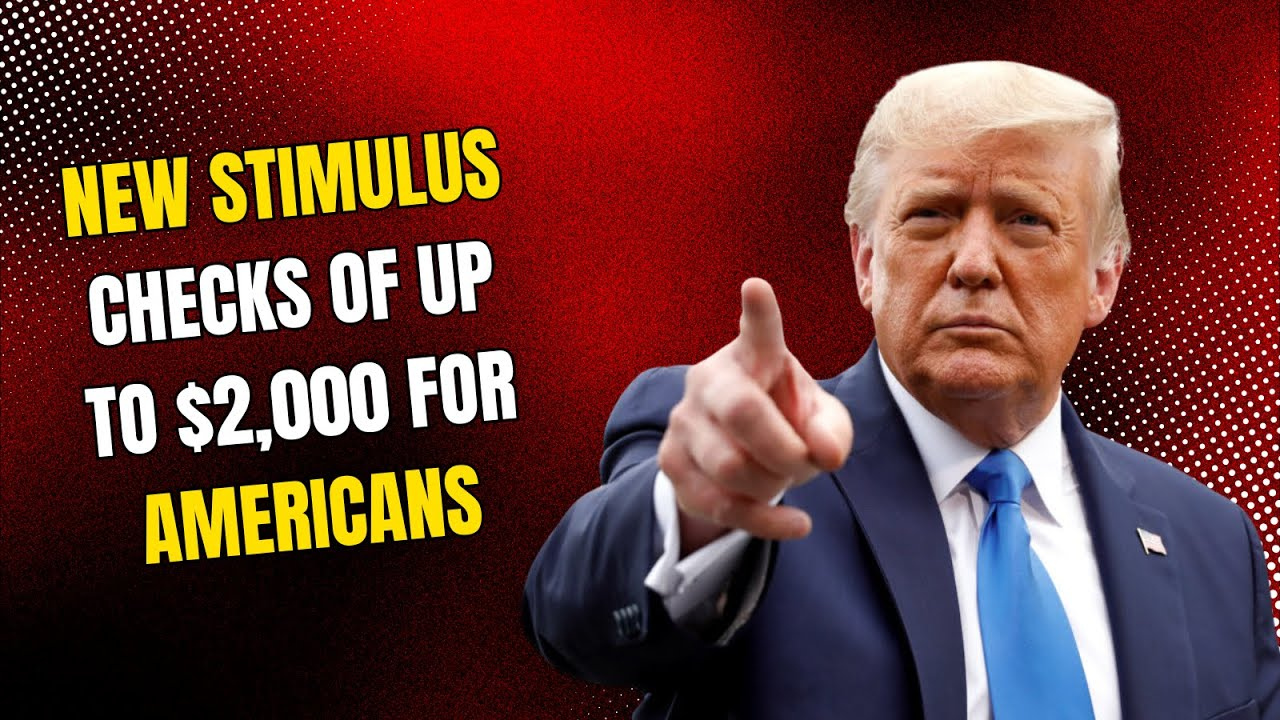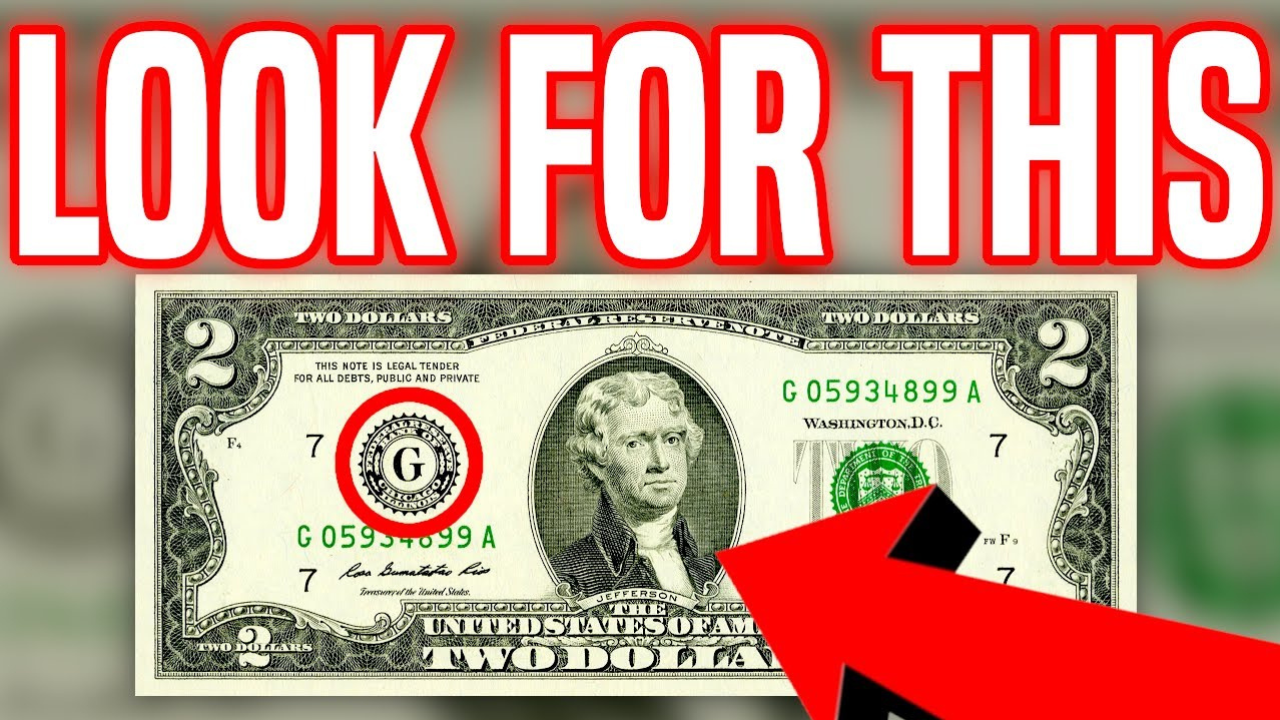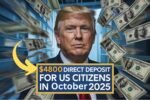Big news:In a major news development this week, former President Donald Trump has proposed a new plan, as part of a broader economic strategy, to issue stimulus checks of between $1,000 and $2,000 to Americans, funded by tariff revenue.
He made these remarks during an interview aired on One America News (OAN). In the interview, he said they are considering distributing the additional tariff revenue as a “dividend to the people,” and also using the funds to pay down the national debt.
What is Trump Proposing?
Trump’s idea is to use the revenue from higher tariffs on imports, particularly foreign goods, to directly distribute money to American citizens. The proposed amount ranges from $1,000 to $2,000 per person.
He described this as a way to “give money back to the American people,” arguing that Americans are being negatively impacted by tariffs. He said, “We’ll pay off the debt, but we can also distribute the money to the people.”
Trump acknowledged that tariff revenue is “just starting to come in,” but he estimates it could reach $1 trillion annually—a figure far higher than many economists project.
However, he admitted that some key details remain unresolved, such as eligibility criteria, the method of distribution, and potential legal or constitutional issues.
Support and Similar Proposals
Trump’s comments have sparked interest among some lawmakers. For example, Representative Ro Khanna (D-CA) has proposed a $2,000 payment to Americans earning less than $100,000. He argues that the burden of tariffs on working families should be reduced.
Additionally, Senator Josh Hawley has introduced the “American Worker Rebate Act,” which would return tariff revenue to American citizens through a rebate program. This bill has not yet become law and has not been passed by either the House or Senate.
Why it matters
- Economic relief amidst inflation
Many Americans are struggling with rising prices, and direct payments could provide some temporary relief.
2. Financial and political risks
Using tariff revenue to fund this program has its own consequences: tariffs raise consumer prices, meaning higher prices for imported goods—a cost that is passed directly on to consumers. Critics warn about the inflationary impact.
3. Legal and legislative hurdles
This plan would require congressional approval and legal authority to use tariff funds for a stimulus program. Without legislative support, it remains just a proposal, not a guarantee.
4. Implementation details unclear
Trump has yet to specify who would be eligible, whether dependents would be included, or how the payments would be distributed.
What we still don’t know
- No set payment date: There is no specific timeline or detailed schedule for when or how these stimulus checks will be distributed.
- Eligibility criteria not defined: Trump hasn’t clarified the income limits, whether all citizens will be eligible, or if dependents will receive payments.
- No law has been passed: No legislation or bill authorizing $1,000-$2,000 checks has yet been passed by Congress.
- Economic concerns: While this idea may be politically popular, economists warn about its potential long-term financial impact and inflationary risks.
Final Thoughts
Donald Trump’s proposal to issue stimulus checks ranging from $1,000 to $2,000 has generated both enthusiasm and skepticism. On paper, returning tariff revenue to citizens seems like a way to distribute the benefits of trade to middle- and low-income families. However, it remains to be seen who will be eligible, who will have the legal authority to implement it, and how it will actually be carried out.
Until a concrete legal plan is finalized, Americans should view this as a possibility, not a sure thing. The idea may appeal to those seeking relief from rising prices, but whether it ever becomes reality will depend on negotiations in Congress, legal review, and economic consensus.
FAQs
Q1: Has Congress approved the $2,000 stimulus checks?
No, not yet. The proposal remains in the idea stage and would require legislation to become law.
Q2: Who would be eligible?
Trump has not provided eligibility rules. Companion proposals suggest income limits (e.g. under $100,000) and caps for dependents, but none are finalized. Newsweek
Q3: Where would the money come from?
The plan would draw from tariff revenue collected on imports. Trump estimates revenue could reach $1 trillion annually — though many economists disagree with that figure. Newsweek+1
Q4: When might the payments be mailed?
No specific timeline has been released. Even with approval, establishment of distribution systems and verification would take time.
Q5: Could this worsen inflation?
Yes. Tariffs, by their nature, can raise consumer costs on imported goods. Injecting more direct cash also risks fueling price pressures.
Q6: What’s next?
Keep an eye on Congress — whether bills are drafted, debated, and passed. Check official sources (IRS, Treasury) for announcements.





